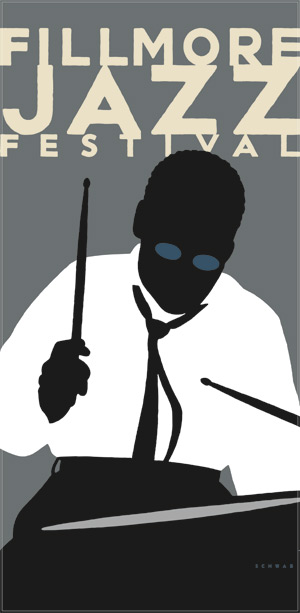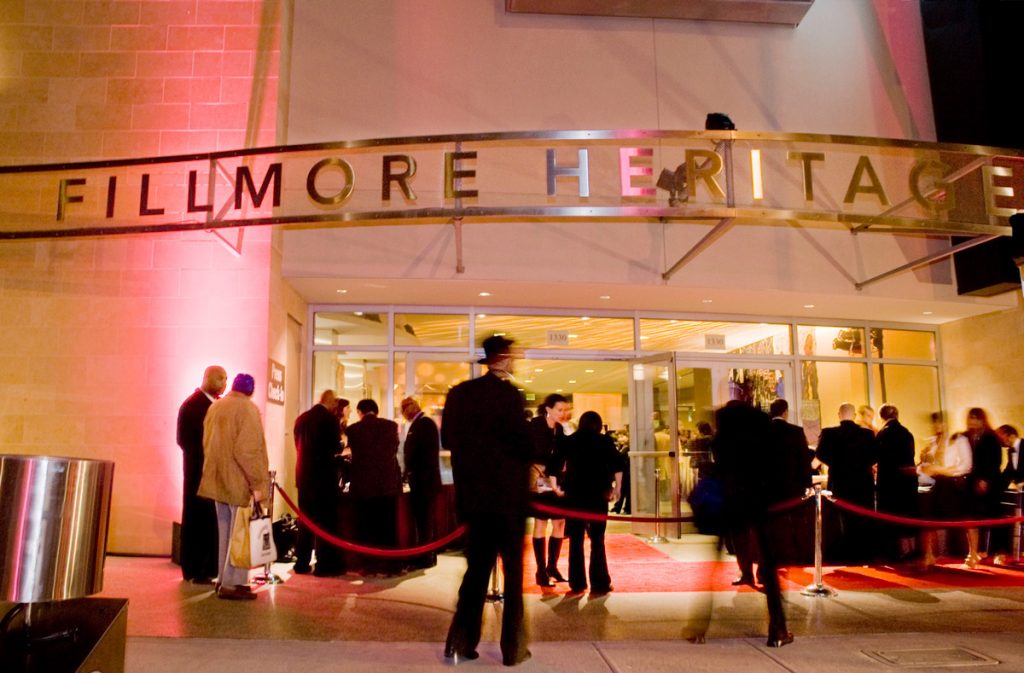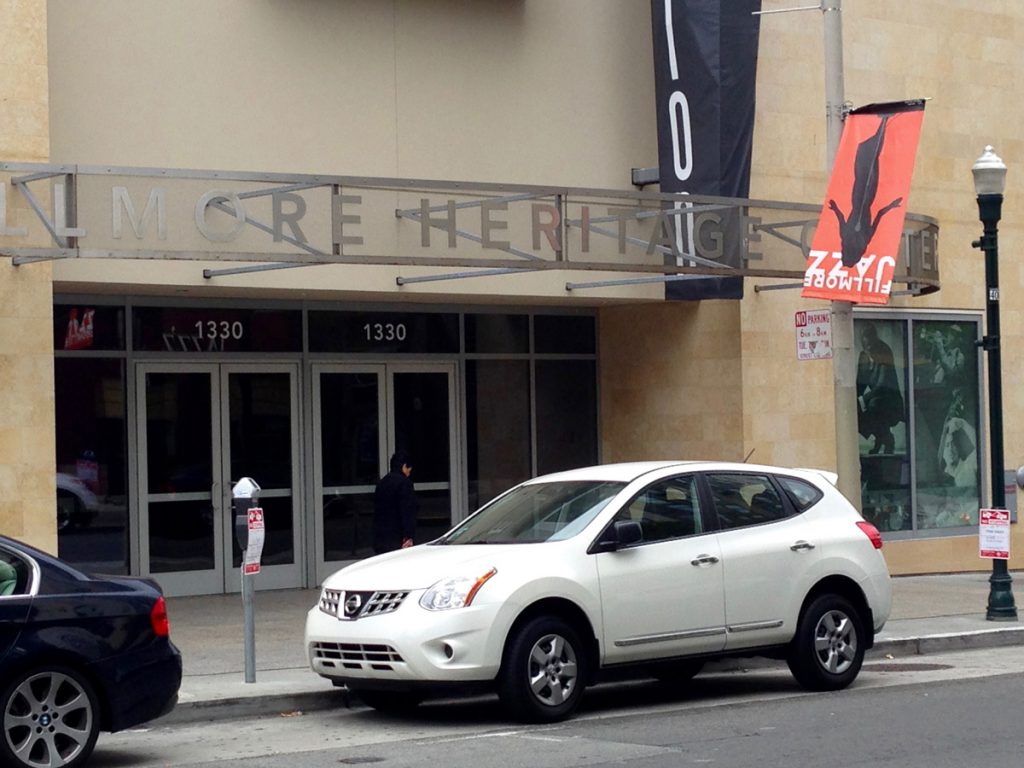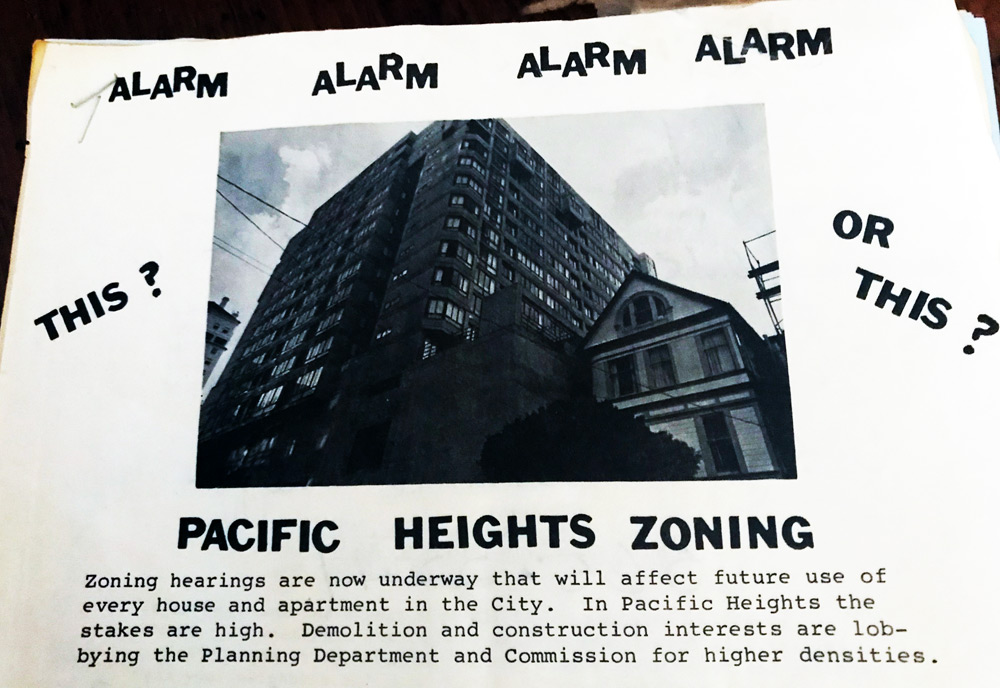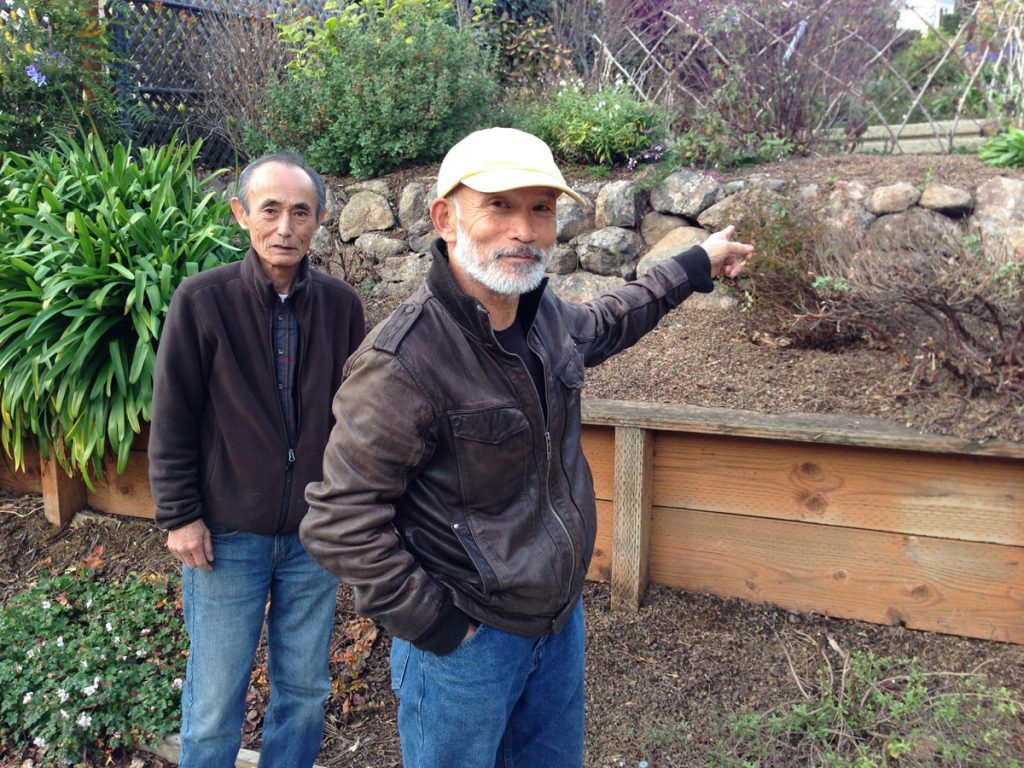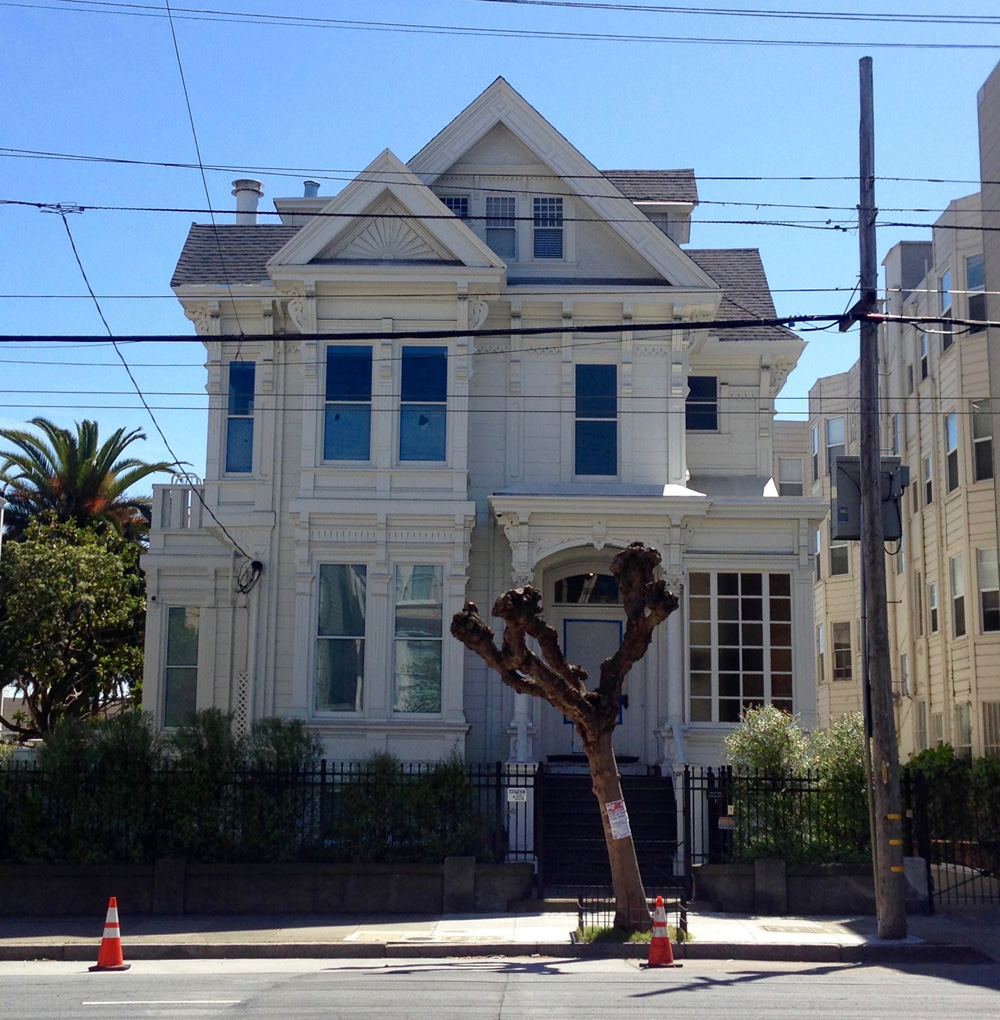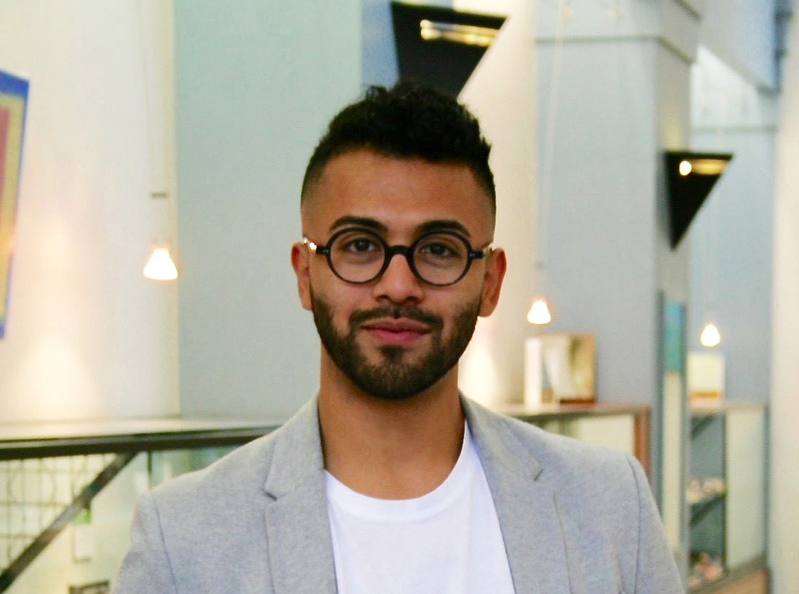
Luis Quiroz, a staffer at Fillmore’s Invision, is among those threatened.
By JAYA PADMANABHAN
When 27-year-old Luis Quiroz heard the news that DACA — the Deferred Action for Childhood Arrivals immigration program — was being rescinded, it was as though something he’d worked for all his life had been stripped away.
“I felt completely defeated,” he said.
Quiroz was born in the Mexican state of Guerrero and was brought to America when he was 6 months old. He grew up in San Diego and later moved here to attend San Francisco State University.
“My whole life has been devoted to the United States,” he said. “I know no other home. California has been my home my whole life, pretty much.”
DACA changed Quiroz’s life in two crucial ways: He found a job at Invision Optometry on Fillmore Street, which helps him pay off education expenses; and he obtained a driver’s license, which allows him unrestricted movement. DACA validated his identity.
“I could prove to the world that I was Luis Quiroz and that my birth date was the date it was and that I was a California resident,” he said.
Quiroz worried about his family living close to the Mexican border in San Diego, where there was heightened immigration enforcement activity — and he was right to worry. When Quiroz was 15, his 23-year-old brother was detained and subsequently deported. Two years after that, his father was deported. And in 2015, his mother was sent back to Mexico.
“The reason they fled Mexico in the first place was for economic opportunity, to escape violence, for a better future for themselves and their children,” Quiroz said. “As much as we want to see each other again, my parents recommend I stay in San Francisco.”
His voice thickened with emotion, Quiroz talked about a recent tragedy in his family. In March of this year, his brother, who operated a business for tourists, was assaulted and shot point-blank in front of his 4-year-old daughter.
“I currently have no way of going to Mexico, or visiting his grave, or visiting my parents or my brother’s daughter, whom I have never met,” Quiroz said. He had just finished putting together the paperwork and fee for DACA’s advanced parole, which would have enabled him to visit his family in Mexico. But now, with DACA rescinded, advanced parole is no longer an option.
“I’m very lucky to be in San Francisco, of all places,” Quiroz declared, enumerating the various resources the city has offered him.
S.F. State set up healing circles at their Dream Resource Center after the DACA announcement. San Francisco’s Office of Civic Engagement and Immigrant Affairs offers advice, support and sanctuary to Dreamers. That office also provides help with DACA renewals, fee assistance and legal aid.
Dreamers like Quiroz are concerned about what might be compromised in the zeal to get Congress to pass the pending Dream Act.
“I personally feel torn about this,” Quiroz said. “This Dream Act offers relief to less than 10 percent of the undocumented population, and it excludes everyone else.”
He fears that while he would personally benefit from the bill, the larger undocumented population will be left unprotected.
“It’s like saying, ‘We get to stay, but our parents will get deported,’ ” Quiroz said.
An earlier version of this article appeared in Jaya Padmanabhan’s In Brown Type column in the San Francisco Examiner.
Filed under: Civics, Locals | Leave a Comment »


